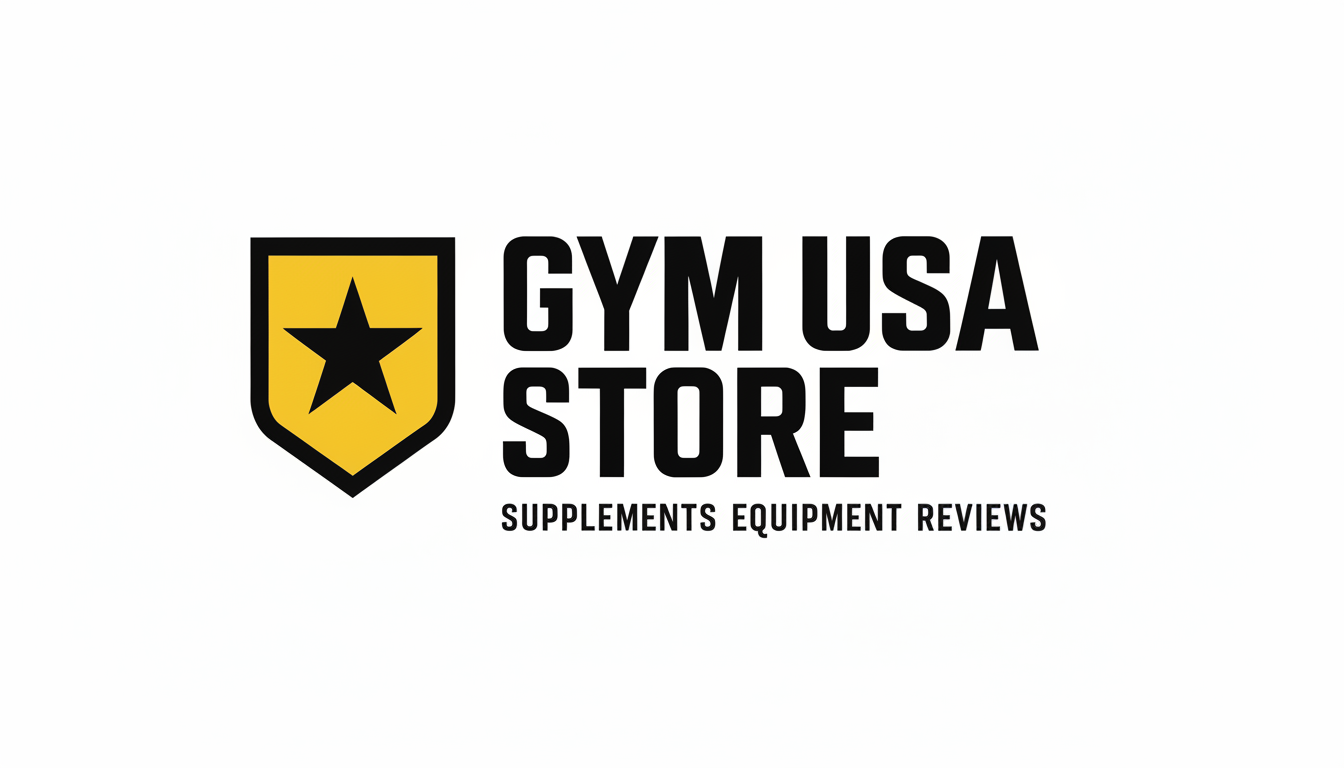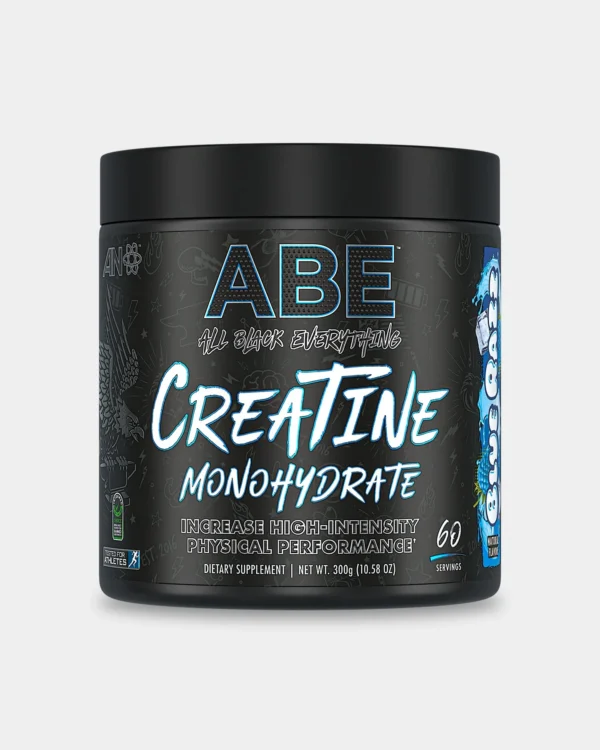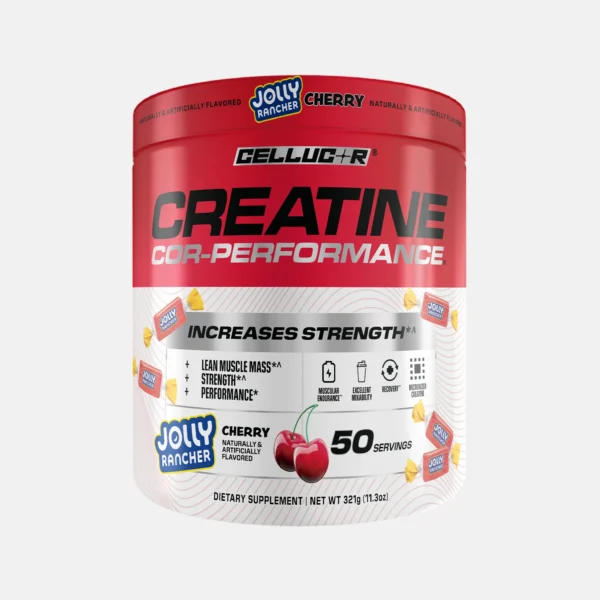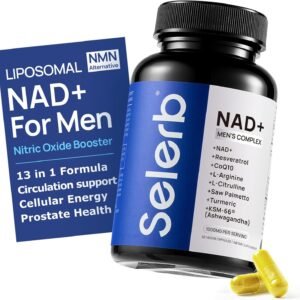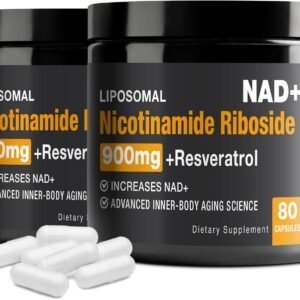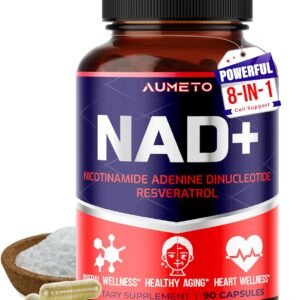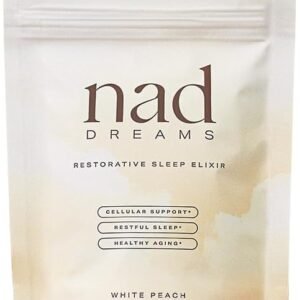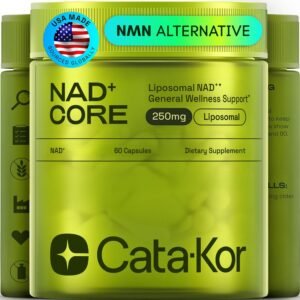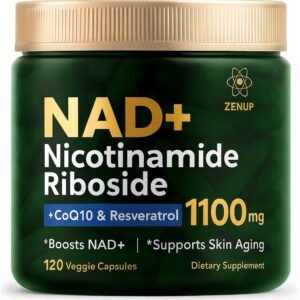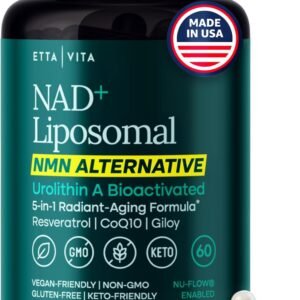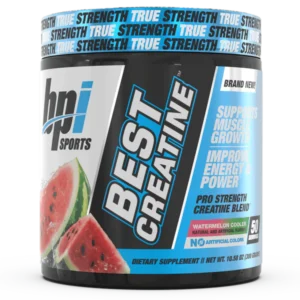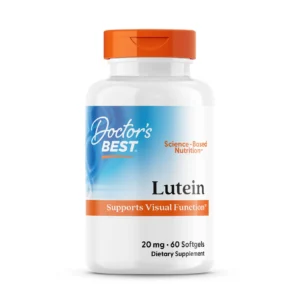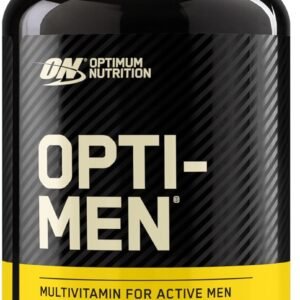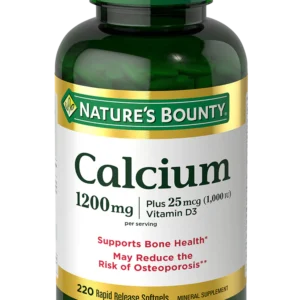Can Women Use Creatine The Same Way As Men Do?
In the world of fitness supplements, few ingredients have been as thoroughly researched, debated, and ultimately vindicated as creatine. For decades, its narrative was dominated by male bodybuilders and athletes, often accompanied by misconceptions about bloating and a “bulky” physique. This has led many women to ask a crucial question: Can women use creatine the same way as men do?
The short, resounding answer is yes, and they absolutely should.
The longer answer is a fascinating dive into biochemistry, endocrinology, and sports science that reveals creatine is not just safe and effective for women, but it may be one of the most powerful tools available for achieving a wide range of fitness goals. Let’s dismantle the myths, explore the latest research, and provide a clear, practical guide for any woman looking to enhance her performance and body composition.
Check also: Do You Need To Cycle Creatine?

Demystifying Creatine: It’s Not a Steroid, It’s Your Body’s Energy Currency
First, we must understand what creatine is—and what it isn’t. Creatine is not a synthetic, hormone-altering substance. It is a naturally occurring compound, primarily found in your muscle cells. Your body produces about 1-2 grams of it daily from amino acids (in the liver, pancreas, and kidneys), and you consume more through foods like red meat and seafood.
Its primary role is to rapidly regenerate your body’s primary energy currency, Adenosine Triphosphate (ATP). During short, intense bursts of activity—think a heavy squat, a sprint, or a final, grueling push on the rowing machine—your ATP stores are depleted in seconds. Creatine phosphate steps in to donate a phosphate molecule, instantly recycling ATP back into its usable form.
In simple terms: More creatine in your muscles means a faster and more readily available energy source for high-intensity work. This translates directly to:
- Lifting one more rep.
- Adding a little more weight to the bar.
- Recovering faster between sets.
- Improving your sprint speed or jump height.
This fundamental mechanism is identical in men and women. The cellular machinery that uses creatine does not discriminate by sex.
Check also: 5 common creatine mistakes
ABE Creatine
The Hormonal Nuance: Why Women’s Response is Just as Potent (and Possibly More Efficient)
This is where the science gets particularly interesting. While the mechanism is the same, early assumptions suggested women might respond less effectively to creatine supplementation due to lower baseline levels. Men typically have higher muscle mass and, consequently, higher natural creatine stores. Furthermore, the male sex hormone testosterone, which is significantly higher in men, can influence muscle creatine uptake.
However, the latest research has turned this assumption on its head. Studies now consistently show that while women may start with lower baseline creatine levels, their muscles are exceptionally efficient at utilizing it.
Key Research Insights for Women:
- Superior Saturation: Some studies indicate that women may reach full creatine saturation in their muscles faster than men, potentially due to having a smaller total muscle mass to saturate. This means they might experience the performance benefits more quickly.
- Reduced Creatinine Production: Creatinine is a waste product of creatine breakdown. Research has shown that women naturally produce less creatinine than men, suggesting a more efficient recycling and retention of creatine within the body. This inherent efficiency could mean women require a lower maintenance dose to see benefits.
- Power and Strength Gains: A meta-analysis published in the Journal of the International Society of Sports Nutrition concluded that creatine supplementation, when combined with resistance training, significantly increases strength and lean mass in both men and women. The relative improvements are comparable.
- The “Bloating” Myth: The fear of water retention and a “puffy” look is one of the biggest deterrents for women. It’s crucial to understand that the water retention associated with creatine is intramuscular (inside the muscle cells), not subcutaneous (under the skin). This intracellular hydration actually makes muscle cells appear fuller and more rounded, contributing to a toned look rather than a bloated one. For most, this initial water weight is minor and temporary, subsiding after the initial loading phase.

Beyond the Barbell: The Holistic Benefits for the Active Woman
While performance is a major draw, the benefits of creatine for women extend far beyond the gym walls.
Check also: What Is The Recommended Dosage For Creatine?
- Body Composition and “Toning”: The goal for many women is not necessarily to get bigger, but to get “toned.” Toning is the process of building lean muscle and reducing body fat. Creatine directly supports this by:
- Enabling harder workouts: More strength and endurance means more volume and intensity, the primary drivers of muscle growth.
- Increasing lean mass: More muscle raises your basal metabolic rate, meaning you burn more calories at rest.
- Improving exercise recovery: Less fatigue means you can train more consistently.
- Cognitive and Brain Health: Your brain is a high-energy organ that also relies on ATP. Creatine has shown promise as a neuroprotective agent. Research suggests it can help reduce mental fatigue, especially during tasks requiring quick thinking and during periods of sleep deprivation. For the busy woman juggling career, family, and fitness, this is a significant non-physical benefit.
- Bone Health: Estrogen is protective of bone density. As estrogen levels decline with age, women are at a higher risk for osteoporosis. Emerging research indicates that creatine, when combined with resistance training, may have a positive effect on bone mineral density, making it a valuable supplement for long-term skeletal health.
- Healthy Aging and Sarcopenia: The age-related loss of muscle mass (sarcopenia) is a critical health concern. Maintaining strength and muscle is vital for functional independence. Creatine supplementation has been proven effective in helping older adults, including post-menopausal women, preserve muscle and improve functional capacity.
Legion Creatine Gummies Creatine Monohydrate Supplement
The Practical Guide: How Women Should Use Creatine
So, how does a woman start? The process is straightforward and nearly identical to the protocol for men.
1. Choosing a Form:
Stick with Creatine Monohydrate. It is the most extensively studied, proven effective, and by far the most cost-effective form. Don’t be swayed by fancy, more expensive derivatives claiming to be “better absorbed.” The research solidly backs monohydrate.
2. Dosage and Timing:
You have two options: with or without a loading phase.
- The Loading Phase (Faster Results):
- Duration: 5-7 days.
- Dose: 0.3 grams per kilogram of body weight per day, split into 4-5 servings. For a 68 kg (150 lb) woman, this is about 20 grams daily (e.g., 5g, four times a day).
- Purpose: Rapidly saturates muscle creatine stores.
- The Standard Protocol (Simpler, Gentler):
- Dose: 3-5 grams per day.
- Timing: Every single day, regardless of whether you train or not.
- Result: Achieves full saturation in approximately 28 days.
For most women, the standard 3-5 gram daily protocol is perfectly sufficient and avoids any potential for minor digestive discomfort that can sometimes occur with a high loading dose.
Timing is not critical. The “anabolic window” is largely overstated. What matters is consistent daily intake. Many find it convenient to mix it with their pre-workout, post-workout protein shake, or morning coffee.

3. How to Take It:
Mix your creatine powder in water, juice, or any other beverage. Contrary to popular belief, you do not need a high-glycemic juice like grape juice to “shuttle” it into your muscles. Simple carbohydrates can slightly enhance uptake via an insulin response, but it’s not necessary for effectiveness. Hydration is key, so ensure you’re drinking plenty of water throughout the day.
4. Safety and Side Effects:
After decades of rigorous study, creatine has an outstanding safety profile in healthy individuals. The only consistently reported side effect is the potential for minor, transient digestive upset during the loading phase, which is easily resolved by switching to the standard 3-5g daily protocol.
Long-term studies, including those on specific populations like athletes, the elderly, and adolescents, have found no adverse effects on kidney or liver function in healthy people.
Contraindication: Individuals with pre-existing kidney disease should consult a physician before supplementing.
Best Creatine Supplements in the USA — 2025 Guide
Cellucor JOLLY RANCHER Flavored COR-Performance® Creatine Monohydrate Powder
Empowering Your Fitness Journey
The narrative that creatine is exclusively for men seeking massive gains is not only outdated but scientifically inaccurate. Women possess the same physiological machinery to benefit from this powerful compound, and their bodies may even use it with superior efficiency.
For the woman who wants to lift heavier, run faster, recover better, and sculpt a stronger, more resilient physique, creatine monohydrate stands as a safe, effective, and evidence-backed ally. It’s time to move past the myths and embrace the science. By incorporating this simple supplement into your routine, you are not just following a trend—you are making a strategic, informed decision to unlock your full potential in the gym and beyond.
Disclaimer: Always consult with a healthcare professional before starting any new supplement regimen, especially if you have underlying health conditions.
